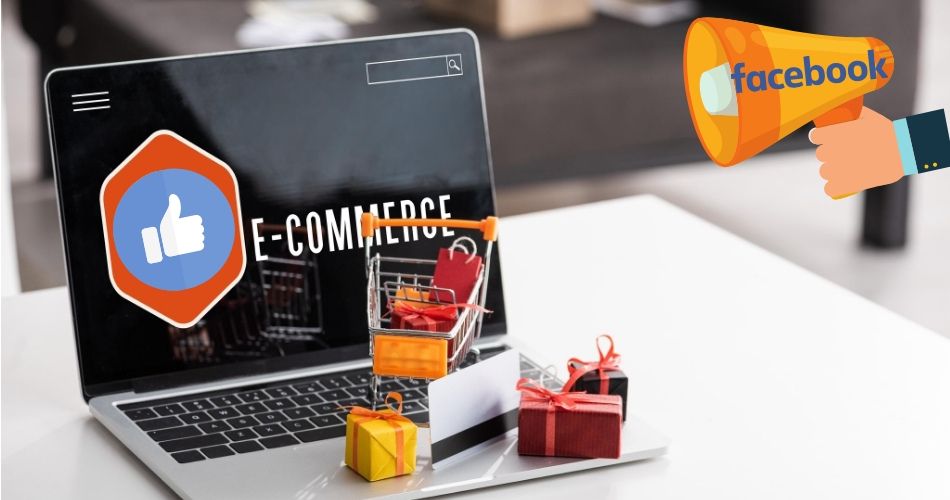
A social networking site is a virtual community that allows users to create a public profile, interact with other users on the website and meet other people based on shared interests. It usually has a new user input a list of people with whom they share a connection and then allow people on the list to confirm or deny the connection. After connections are established, the new user can search the networks of connections to make more associations.
There are numerous social networking sites or apps that you can download anytime on Google Play and Apple iOS. Each of them has its niche market, it can be for online dating, for photo and video sharing, staying connected with family and friends, or for a professional association. But all of them has a primary sole purpose, foster communication.
One of the most popular social networking application is Facebook. FB has invaded the social media scene since 2007. The California-based American company initially offers its services as a social media platform to Harvard students and later on became the renowned largest social network in the world with billions of active users. This medium is free for public usage where you can easily create profiles, upload photos, send messages or make calls, share and comment on posts and join pre-existing groups or you can start your own.
Social Networking sites are no longer only used for socializing but it has also been an avenue for traders to offer their products and services to the market in a more convenient and economical way. Transactions or agreements have been processed and confirmed through these applications and online sellers don’t have to pay for monthly office rental space to make their stores operational and can even work at the comfort of their own homes.
With the help of Facebook, you don’t need much capital in promoting your products and services. You just need to amplify your FB strategies to get noticed or convince the shoppers to buy or patronize your products. The following steps will help you be the next e-commerce mogul.
1. Identify your target audience
This is the primary consideration before formulating a product’s marketing efforts. Each segmented market has its own needs and preferences, you have to figure out who are you catering to and how are you going to approach them.
2. Create a Facebook Business page
Social media has become an integrated part of any business. Creating your business’ Facebook page gets you a free platform to promote your business activities and promos. You may post updates about your brand or even address concerns of your customers through posts and comments. Once your page gains likes, customer comments or reviews or tagged, it will have higher chances of earning a higher spot on Google’s organic search engine page. That is why FB is a powerful tool in promoting your business.
3. Directly selling your product on Facebook
Facebook is an important tool for brands that are interested in selling their products and services to a targeted audience on FB, which is why Facebook Marketplace has existed. It is an open exchange where users can buy and sell new or pre-owned items to other users.
The Marketplace is a convenient destination for people to discover, buy and sell items. People may browse the whole marketplace and may find what they are looking for by filtering the results based on location, category, and price.
4. Create visually appealing posts
Humans are visual creatures. An exceptional, well-invested visual content is more effective than text-only content. It is important to always include visually compelling messages in your Facebook posts, especially of your products; images attract more engagement than other types of posts.
With the correct message-sending image about the product and size of the photo, it can convey the total message about your product. This also increases the chances that your customers and potential customers to observe or engage in your posts.
5. Stick to the planned posting schedule
When your aim is to engage customers and expand your markets, posing informative and entertaining content is critical, and you should commit to a schedule so your audience knows what to expect and when. Are you posting every day? Multiple times a day? What kind of content are you sharing?
Your posting schedule will depend on the response of your audience; be prepared to tailor your messages, but always set a hard calendar for posting, and schedule that posting during peak engagement hours. Most retailers post on the weekend because people have more free time, but it depends on your business when the optimal posting is.
Facebook insights can help determine the best times for your business to update content, even though posts do not always appear in chronological order. Consistency and variety are the code of content success.
6. Announce and promote your products
With the combination of a great e-commerce channel and line of right products, you can easily get customers using the right way of announcing and promoting your merchandise.
Running a Facebook contest, sharing latest video trends on your timeline, posting screenshots of the conversation with your satisfied clients, posting updates about your company’s whereabouts or encouraging your existing followers to share, tag or invite to follow your page while giving out prizes is a good way in promoting your product.
People would usually notice more the creativity and more human side of the posts on Facebook that invites them to interact on each of them. A marketer must focus on creating fresh strategies to humanize their promotion.
7. Customer Engagement
Customer Engagement is the emotional connection between the customer and the brand. It is the interactions between the product and the customer, by letting your customers choose how they are going to engage with your brand. Doing so will be easier for them to know more about your brand which is valuable in strengthening their emotional attachment with your product or services.
Customers who have high engagement with the brand patronize the product more and promote the product more to their family and friends
8. Run Facebook ads and Pixel
Facebook Pixel is a code that you place on your website which collects data that tracks conversions from your Facebook ads, optimizes ads, helps build targeted audiences for future ads and remarket to people who have already taken some kind of action on your website. Pixel provides important information that you can use to create better ads and better targeting. It ensures that your ads are seen by the right people who will most likely provide your desired call to action.
Installing a Pixel even with the absence of Facebook ads will immediately start collecting data to assist you should you decide to start running your first FB ad.
Running ads on Facebook is a surefire way to draw attention to your company. All you have to do is secure a Facebook Ads account wherein you pay to share your content based on your budget, timeline and targeted audiences.
9. Monitor and retarget ads
Retargeting ads also means remarketing of ads. It is a form of online advertising that can help you keep your brand in front of bounced traffic after leaving your website. Retargeting is a tool designed to help companies reach 98% of users who don’t convert right away. This is effective because it focuses your ad spending on people who are already familiar with your brand and have recently demonstrated interest.
It is a wise move for every business to keep track of its marketing efforts. A good marketer should always keep an eye on the movements of their ads and how does it affect the business’ overall performance.
10. Combine Shopify and Facebook
Shopify is an e-commerce platform that offers merchants to create a website and use their shopping cart solution to input store data, sell, ship and manage their products. It is one of the best hosted solutions for those who want to create an online store.

Combining Shopify and Facebook is an excellent merger to build your site, track and ship orders and sell in person with the use of social media. This partnership lets you create your Shopify account while connecting it to your Facebook page to create a Shopify Facebook store or Facebook shop. This combination lets you store the customer process and experience, store Facebook marketing strategies including running Facebook ads and offering referral programs and using affiliates that turn over a percentage of referred sales to the affiliate.
Might also read: How Much Money Does an Instagram Influencer Make?


mexican mail order pharmacies pharmacies in mexico that ship to usa medication from mexico pharmacy
mexican border pharmacies shipping to usa: mexico drug stores pharmacies – purple pharmacy mexico price list
pharmacies in mexico that ship to usa: mexican online pharmacies prescription drugs – purple pharmacy mexico price list
http://mexicopharmacy.cheap/# reputable mexican pharmacies online
purple pharmacy mexico price list mexican online pharmacies prescription drugs medication from mexico pharmacy
Online medicine home delivery: best online pharmacy india – top online pharmacy india
indianpharmacy com: top online pharmacy india – indianpharmacy com
online pharmacy clomid ambien overseas pharmacy how much is cialis at the pharmacy
https://indianpharmacy.company/# top 10 online pharmacy in india
mexico drug stores pharmacies: mexico pharmacies prescription drugs – mexican border pharmacies shipping to usa
pharmacies in mexico that ship to usa: mexican drugstore online – mexico drug stores pharmacies
buy medicines online in india п»їlegitimate online pharmacies india Online medicine home delivery